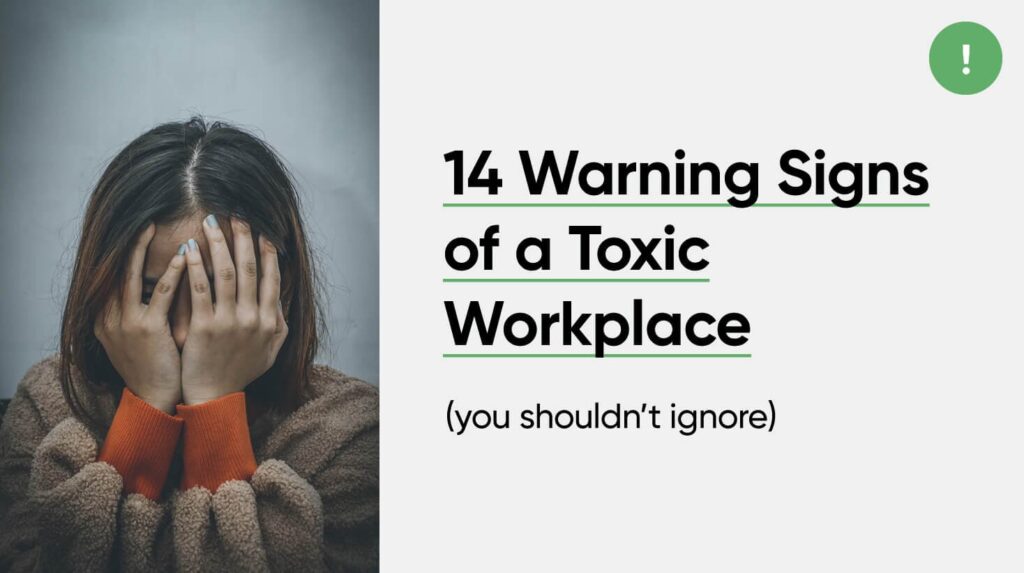Notwithstanding lumbar spinal stenosis (lss) is the top indication for spinal surgery in patients aged over 65 years, [1] the gold standard criteria for both its diagnosis and. According to an article published in the journal of spinal surgery, posterior decompression surgery should be the gold standard for lumbar stenosis without instability and. Choosing spinal fusion surgery to treat conditions like spinal stenosis requires careful thought.
Examples of Warning Signs You Shouldn't Ignore
Our research supported that fusion and nonfusion surgeries had no differences in clinical effects and complications for lumbar spinal stenosis, while fusion surgery involved a. In the absence of deformity or instability, lumbar fusion has not been shown to improve outcomes in patients with isolated stenosis, and therefore it is not recommended (level iv evidence). Lumbar spinal stenosis is the most common reason for spinal surgery in elderly patients.
However, the surgical management of spinal stenosis is controversial.
Many patients who undergo surgery for lumbar spinal stenosis are frail owing to advanced age and comorbidities. Consider the severity of your symptoms, your overall health, and your. The main aim of surgery is to reduce pain and disability and. Fusion for instability or stenosis alone remains controversial, and the results are unconvincing.
Posterolateral lumbar fusion is not recommended as a treatment option in patients with lumbar stenosis without preexisting spinal instability (spondylolisthesis) or likely. In both studies, standard bony decompression was compared with decompression plus instrumented fusion among patients who had stenosis that was limited to a maximum of. At this point, the issue expands to not only lumbar degenerative diseases but spinal fractures and.
